Top Photo: Lee Miller. David E. Scherman © Courtesy Lee Miller Archives, England 2024. All rights reserved. www.leemiller.co.uk
Lee Miller was a true renaissance woman. In her 70 years, she lived many lives in many countries practicing many professions. She was a Vogue model, muse to Pablo Picasso and Roland Penrose, director of her own photo studio, journalist, photographer, and gourmet cook. Of her many lives, none was more exciting and devastating than her work as a US war correspondent during World War II.
Early Years
Born in 1907, Elizabeth “Lee” Miller was a native of Poughkeepsie, New York, though it was hard to keep her there for long. After studying art and drama, she pursued a modeling career in New York, where she was discovered by publisher Condé Nast. Despite her talent, Miller’s career was torpedoed after less than two years when in 1928 photographer Edward Steichen sold images of her to an advertising agency, who in turn used them to promote Kotex. Unknowingly cast as the “Kotex girl,” the first real model used in a menstrual product ad, Miller saw offers quickly dry up in the wake of such a taboo role.
But she appeared unfazed by this breach of trust, taking the opportunity to launch her career as a photographer. Opening her own studio, she chose to go by Lee, a name she had previously used for modeling. Androgynous, the name allowed her to attract clients who would have only considered hiring men. By the time they met her in person, Miller was usually able to win them over with her talent and her charm.[1]
Miller quickly tired of studio work, and when the opportunity came to train in Paris with Man Ray, a renowned Surrealist photographer and painter, she jumped at it. She traveled across the Atlantic and insisted that Man Ray take her on as an apprentice. Though he was initially unwilling, her persistence succeeded in convincing him, and she took on many of the photography jobs that he was unwilling to do. She also modeled for some of his photographic work, which often rendered her a sexual object.[2]
In 1932, after three years with Man Ray—and some training with fashion photographer George Hoyningen-Huene[3]—Miller returned to New York to reestablish her studio. In addition to her training, her work over the previous few years, often photographing layouts for Vogue and occasionally modeling, prepared her well to head a studio once again. Despite the economic depression, she found success and attracted celebrity clientele. Finally on her own, Miller’s artistic photography, including many photographs using solarization, a technique she rediscovered while working with Man Ray, was exhibited for the public in her first and only solo show in her lifetime in 1933.[4] In 1934, she was again pulled away from her work by the allure of life abroad, this time with her first husband, Aziz Eloui Bey, an Egyptian businessman. Though it was at first an exciting adventure and opportunity to explore her Surrealist photography practice without the concern of money, Miller was stifled by married life in Cairo. She longed to travel, to escape the humdrum of daily gossip and domestic life.
Prewar Years
In 1937, she traveled to Paris once again, reconnecting with her friends and meeting English Surrealist artist Roland Penrose, with whom she would form a close relationship. Together, they traveled to the Balkans in 1938, hoping to capture the rural ways of life that were disappearing as industrialization changed the landscape. As part of this project, Miller captured on film the daily lives and religious rituals of the Roma and Sinti, ethnic groups that would later be persecuted and murdered by the Nazi regime.[5] Though she did not know the significance these images would later hold, she nonetheless carefully and sensitively photographed Roma and Sinti women and men.
Returning to Egypt after this trip, it was clear the marriage between Miller and Bey was not going to work. Their relationship came to an amicable end, and Miller traveled with Roland Penrose for one last visit to France before war broke out. After a few weeks of alternately merrymaking and anxiously speculating about what the future held, Miller and Penrose returned to Penrose’s home in Hampstead, a leafy green neighborhood in London, England.
After war broke out, Lee received a letter in the mail from the US embassy urging her to board the next ship to the United States. If she did not, it warned, the embassy could no longer be held responsible for her safety. She reportedly tore up the letter, certain that she would fare well in England during the war years.[6]
Early War: London, Women’s Work
In London, Miller was initially not permitted to work under the terms of her visa, but that did not stop her from paying a visit to Vogue studios and offering her services as a photographer. Her offer was initially not accepted: The studios were well staffed, and Miller had a five-year gap in her résumé. In January 1940, however, the studio changed its mind. Many of the male staff members at British Vogue were being called up to the armed forces, and there was now an opening for a photographer.[7] Though the pay was middling, their sponsorship allowed Miller to work in the country and practice her art.
Miller’s assignments in 1940 were rather dull, often fashion photography that did not interest her greatly. She was also frequently stuck in the studio, taking photographs that did not match the innovation and taste that she had developed through her years of Surrealist work. To satisfy her artistic fervor, Miller enlisted two fellow Americans, curator and journalist Ernestine Carter and broadcaster Edward R. Murrow, to draft Grim Glory: Pictures of Britain under Fire, a photobook about the London Blitz aimed at an American audience.[8] The book was a huge success, both in the United States and in the United Kingdom, in large part because of the striking images that spoke to the destruction of culture and civilization.[9]
Following the success of her work in wartime Britain, Miller became an official US Army war correspondent and was given assignments that more closely aligned with her interests, the first of which was a story about US Army nurses working in Britain. Not only did she take visually stunning images of women at work, she also wrote an “appreciative account that took the trouble to consider the nurses’ feelings about their role.”[10] Miller used this as a platform to uncover more heroic wartime work undertaken by women, propelling herself into a project about the Auxiliary Territorial Service featuring women operating a searchlight battery in London. In the middle of photographing the ATS workers, the air raid siren roared. The women ran to their stations, and Miller and American photojournalist David Scherman, whom she partnered with on many projects during the war, took cover. Despite the danger, their photography mission was a huge success. The resulting article appeared in both British and American Vogue in a double-page spread.
In May 1945, more of her images of women working for the war effort came to public attention. Her book Wrens in Camera was an approachable yet serious depiction of women serving in the Women’s Royal Naval Service (the WRNS—members were called “Wrens”). Again, the images showed the women lost in their work, not polished or overly feminine but hardworking, skilled, and dedicated. The album ends with a Wren looking out at the sea, “at home in herself and looking up to no one.”[11] The timing of the publication, nearly two years after the images were taken, was no accident. Coming at the end of the war in Europe, the book celebrated women’s roles in the war, roles that many women feared would be forgotten as men returned home and women were forced back into it.[12] The discussion of women’s positions after the war was greatly debated, a precursor to the Women’s Liberation Movement.
Miller’s photographs from the period reveal her frustrations with sexism and women’s invisible roles in the war and in society at large. Removing the sexualization and objectification of women that she often faced as a model, Miller’s pictures depict the realities of what it was to be a woman at war. Each photo, whether taken for Vogue or for her own artistic practice, conveys the heroism of everyday women: women going about their chores, cleaning up bomb-addled streets, fetching water, working in factories.[13] Miller was also one of these women, though she was rarely pictured in her own work. For her part, she helped to make wartime clothing fashionable by photographing models in factory uniforms, shorter hemlines, and recycled clothing. Her work not only influenced women across the country, it also helped to keep Vogue relevant and justify its paper ration.[14]
While it may seem frivolous to keep a women’s fashion magazine running during wartime, Vogue was actually an incredibly useful tool for the government. Not only did it encourage women to ration, work during wartime, and show them how to make do with less, it was also an important news source about the war. When Miller signed up in 1942 to become an accredited war correspondent, it was through Vogue that she published her photographs and essays, but it wasn’t until 1944, when she was finally allowed to return to the European continent, that she was truly in the thick of the action.
This article is part one of a three-part series on woman war correspondent Lee Miller and her first-hand experiences in World War II. Click here to read Part Two and Part Three
Sources and Footnotes
Sources
Beckman, Anne-Marie, and Felicity Korn, “Women War Photographers from Lee Miller to Anja Niedringhaus,” in Women War Photographers, ed. by Anne-Marie Beckman and Felicity Korn (Munich: Prestel, 2020), pgs. 11–21.
Beckman, Anne-Marie, and Felicity Korn, eds., Women War Photographers (Munich: Prestel, 2020).
Bouhassane, Ami, Lee Miller (Bath: Eiderdown Books, 2019).
Conekin, Becky E., “Lee Miller: Model, Photographer, and War Correspondent in Vogue, 1927–1953,” Fashion Theory, 1/2 (2006), pgs. 97–126.
Harrison, Janet, “Lee Miller’s Wrens in Camera,” Women’s History Review, 4 (2017), pgs. 621–633.
Korn, Felicity, “Lee Miller,” in Women War Photographers, ed. by Anne-Marie Beckman and Felicity Korn (Munich: Prestel, 2020), pgs. 47–80.
Penrose, Antony, The Lives of Lee Miller (New York: Holt, Rinehart and Winston, 1985).
Penrose, Antony, “Lee Miller: The Ubiquitous Image,” in Lee Miller: A Woman’s War, by Hilary Roberts (New York: Thames & Hudson, 2015), pgs. 6–13.
Penrose, Antony, ed., Lee Miller’s War (London: Thames & Hudson, 2005).
Roberts, Hilary, Lee Miller: A Woman’s War (New York: Thames & Hudson, 2015).
Footnotes:
[1] Ami Bouhassane, Lee Miller (Bath: Eiderdown Books, 2019), pg. 17.
[2] Hilary Roberts, Lee Miller: A Woman’s War (New York: Thames & Hudson, 2015), pg. 16.
[3] Becky E. Conekin, “Lee Miller: Model, Photographer, and War Correspondent in Vogue, 1927–1953,” Fashion Theory, 1/2 (2006), pg. 100.
[4] Ibid, pg. 102.
[5]Bouhassane, Lee Miller, pg. 17.
[6] Antony Penrose, The Lives of Lee Miller (New York: Holt, Rinehart and Winston, 1985), pg. 96.
[7] Penrose, The Lives of Lee Miller, pg. 98.
[8] Ibid, pg. 102.
[9] Ibid, pg. 104.
[10] Ibid, pg. 112.
[11] Janet Harrison, “Lee Miller’s Wrens in Camera,” Women’s History Review, 4 (2017), pg. 632.
[12] Ibid, pg. 625.
[13]Bouhassane, Lee Miller, pg. 29.
[14] Ibid, pg. 34.
Lee Miller At War
-
 Learn More
Learn MoreLee Miller: Women At War
-
 Learn More
Learn MoreLee Miller in Combat
-
 Learn More
Learn MoreWitness to Fall of the Third Reich
Jennifer Putnam, PhD
Jennifer Putnam is a former Research Historian at the Jenny Craig Institute for the Study of War and Democracy at the National World War II Museum.
Cite this article:
MLA Citation:
APA Citation:
Chicago Style Citation:
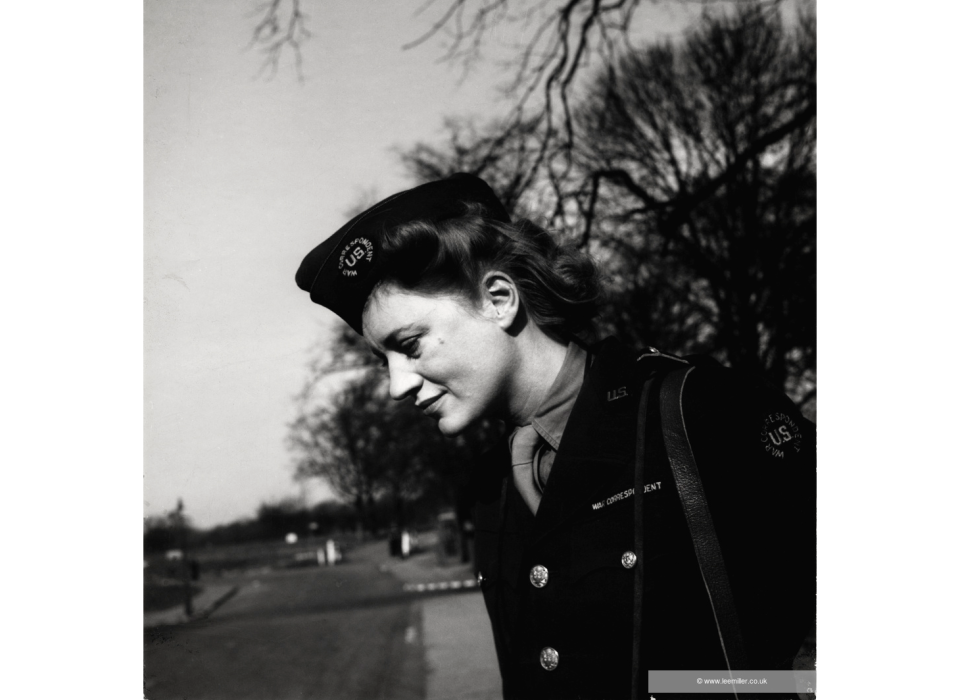
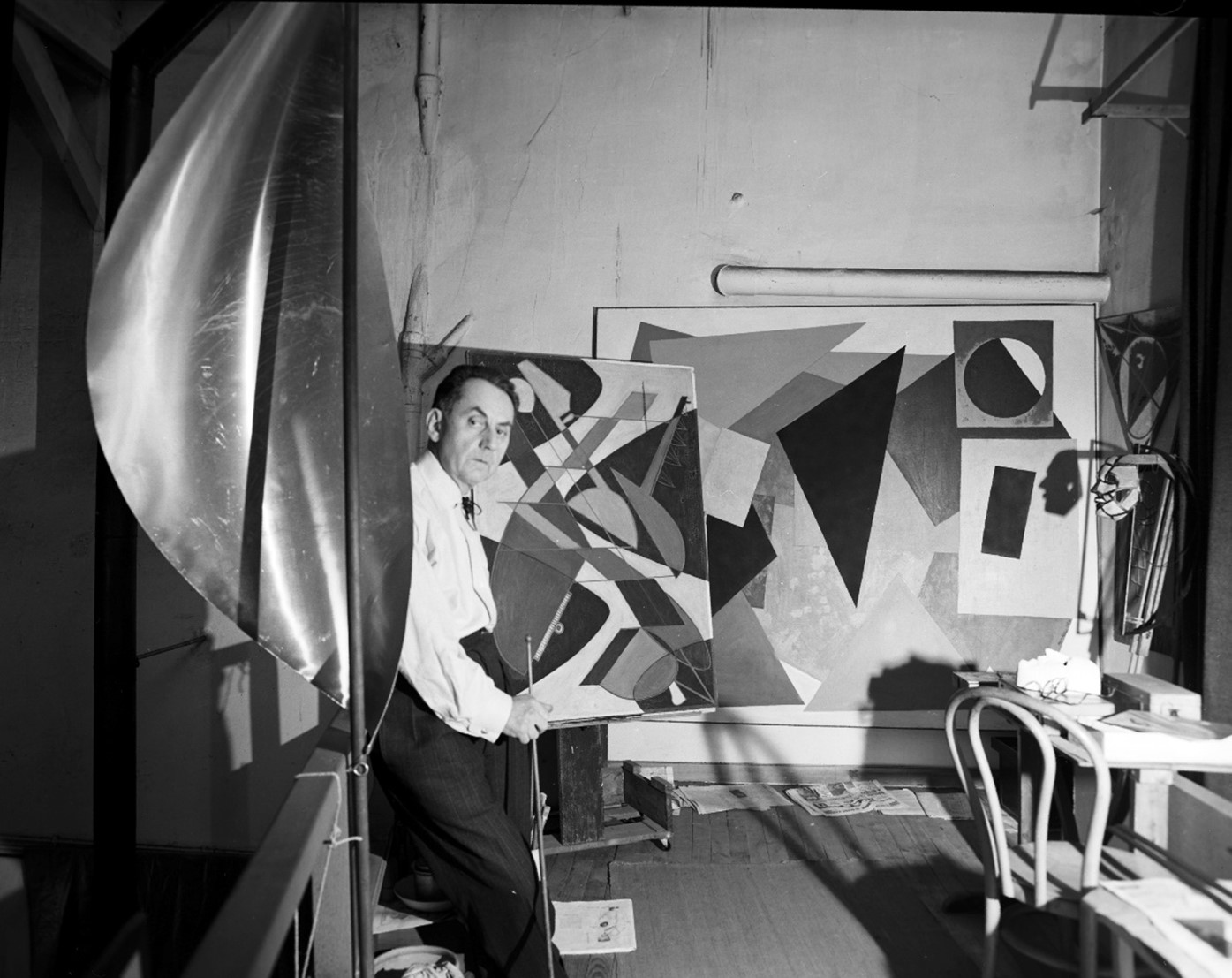
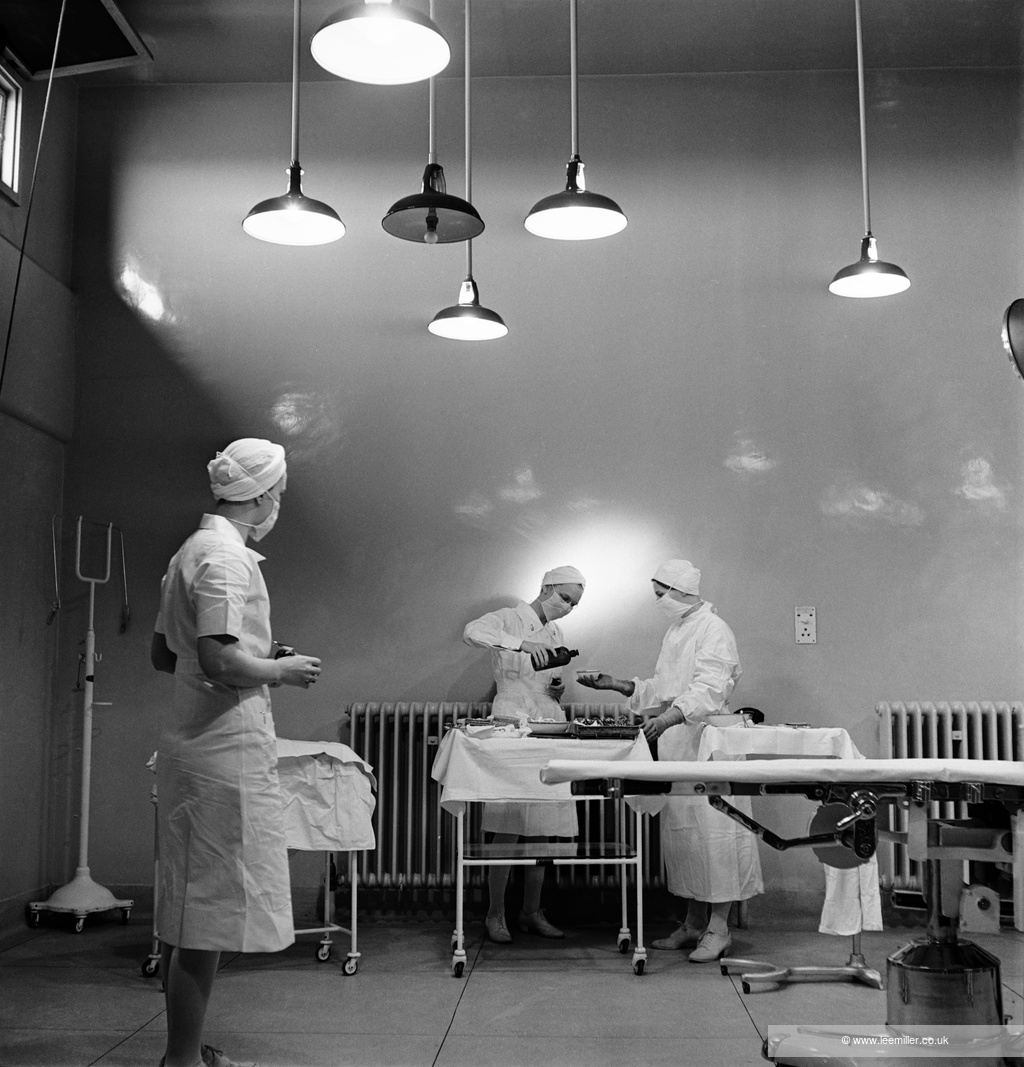
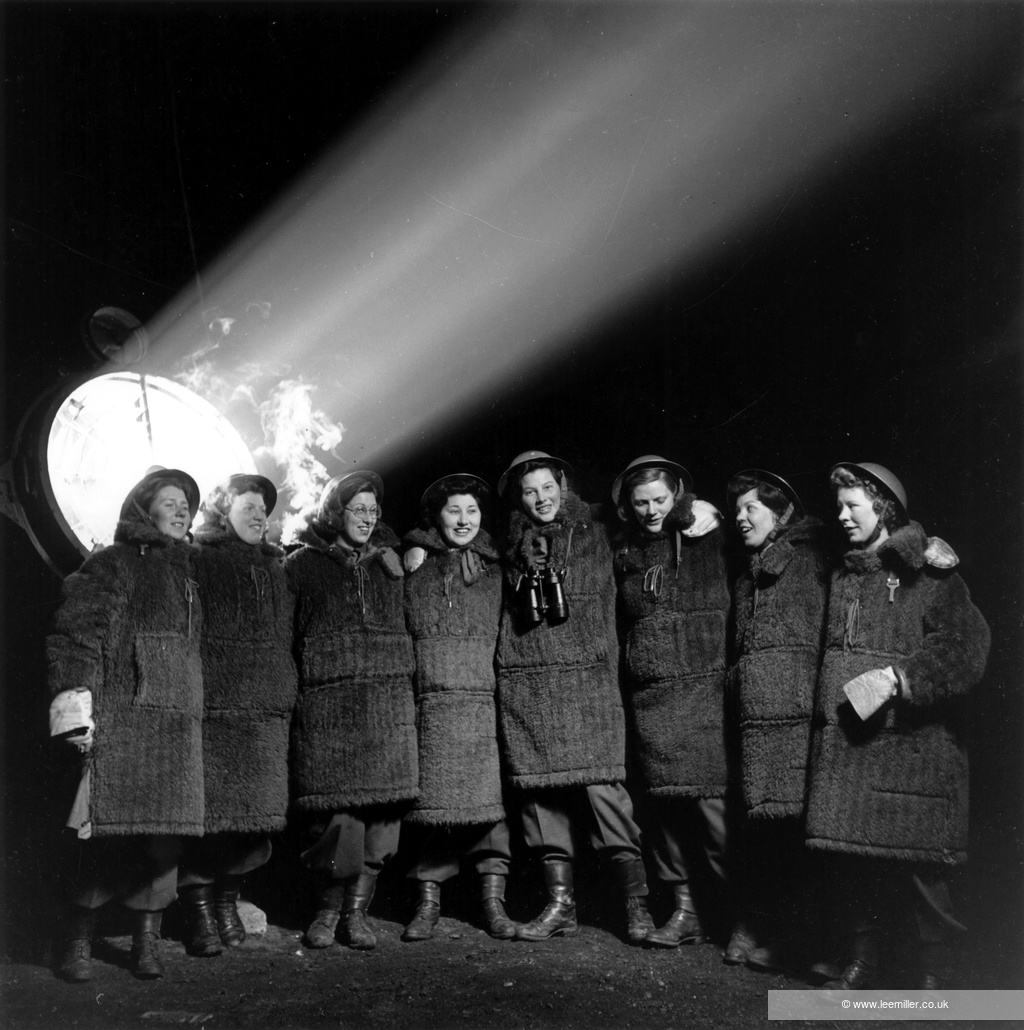

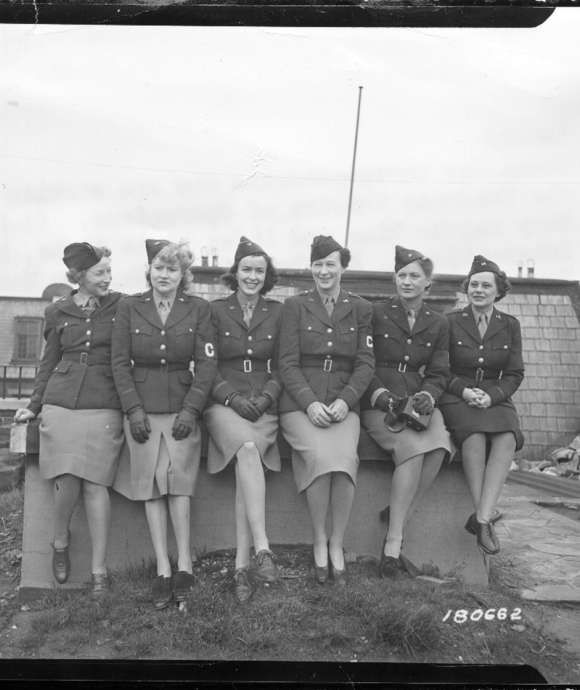
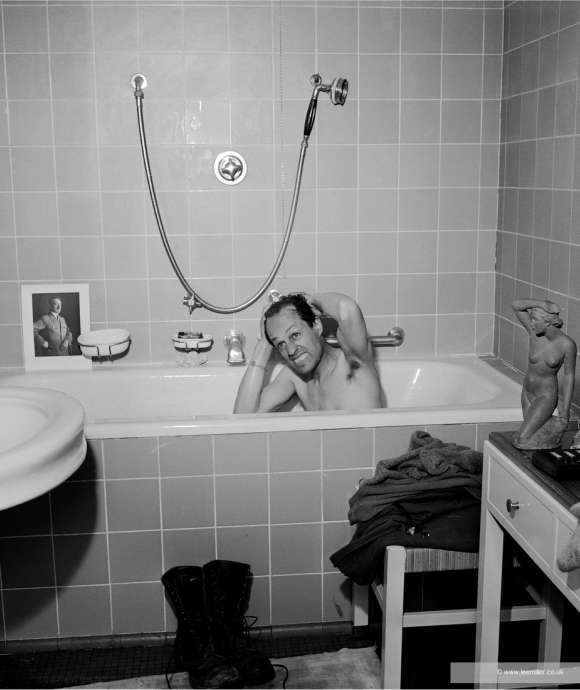
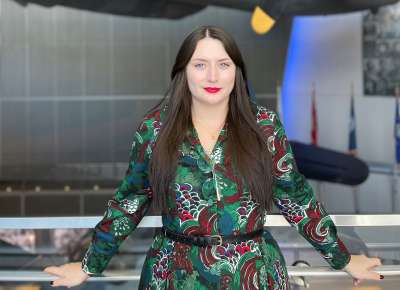
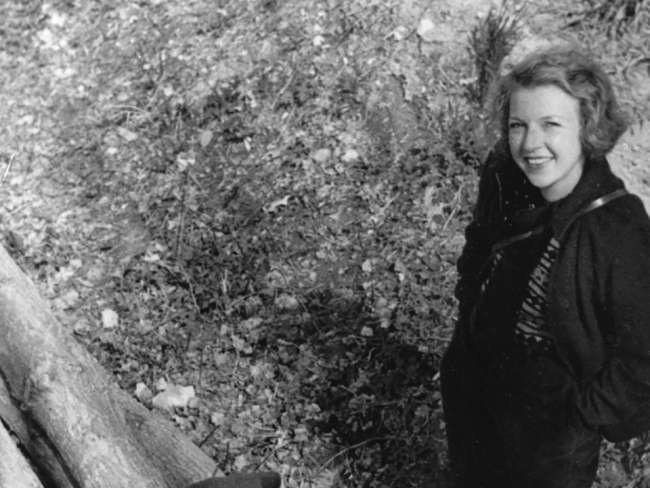



![Max Fuchs, New York City cantor, sings as Rabbi Sydney [sic] Lefkowitz, Richmond, VA, conducts the first Jewish services from Germany.](/sites/default/files/styles/max_650x650/public/2025-10/image1.jpg)



